Gold and Silver in the Mojave
Gold and Silver in the Mojave
Gold and Silver in the Mojave
No other team dominated the 2014 Formula One season like Mercedes-Benz. Nico Rosberg and Lewis Hamilton competed for the pole position, providing ample excitement during each of the races. This coffee table book relives the season with stunning images, giving the reader an exciting behind-the-scenes glimpse into the inner workings of the sport. Motorsports enthusiasts gain insight into the technical feats achieved by the entire Mercedes-Benz team. This edition brings together the history of the Silver Arrows, the development of the racing cars, and highlights from the 2014 season.
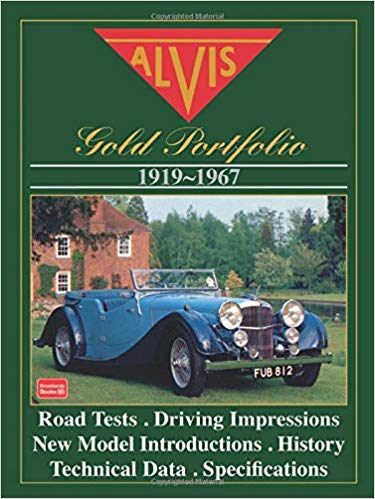
The Alvis Gold Portfolio contains contemporary reports featuring road tests, introductory articles, special coachwork, technical and performance data, with a small historical section. During the 1920s and 1930s, the Alvis company offered a broad model range in which engineering innovation was to the forefront. Models covered are: (pre-war) Alvis 12-50, Straight-eight racer, Alvis 14-75, Alvista saloon, Alvis Atlantic saloon, Front-Drive Alvis, Alvis Silver Eagle, Alvis 12-60, Alvis Speed Twenty, Alvis Mayfair DHC, Firefly saloon, Crested Eagle, Firefly Twelve, Alvis 16, Alvis Silver Eagle 16, Alvis 3.5-litre, Alvis Speed Twenty-five, Alvis Twenty-five Limousine, Alvis 4.3-litre saloon, Alvis Crested Eagle 25, Alvis 12/70, Alvis Silver Crest, Alvis 14, (post-war) Alvis 14 Sports, Alvis 3.0-litre saloon, Alvis 3.0-litre DHC, Alvis TC 21/100, Alvis Graber saloon, Alvis 3-litre Park Ward, Alvis TD21, Alvis TD21 Auto and Alvis TE21 Series III and IV.
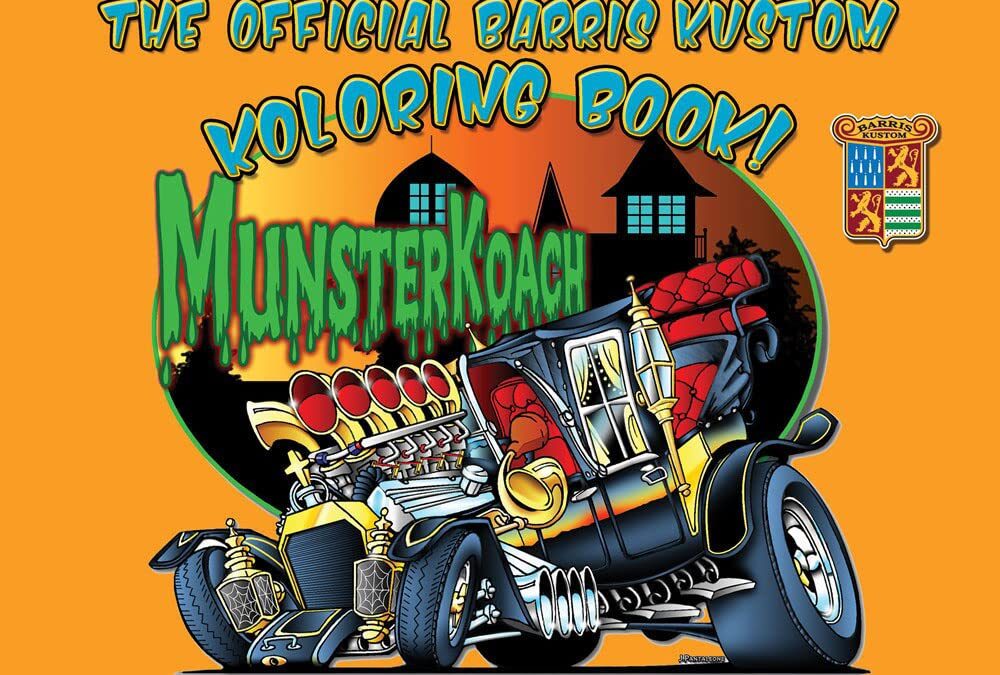
Have fun koloring these famous Barris Kustoms with illustrations by some of the top artists in the industry!
A collection of 26 illustrations of select cars, the design styles range from lowbrow to semi-realistic. Each image reflects the Barris Kustoms style and honors what George, Sam and Barris Kustoms were all about.
Add your own paint job to these unique vehicles:
Kopper Kart – Sam’s Merc – Emperor – Ala Kart – Silver Sapphire – Golden Sahara – Vox Mobile – Moonscope – Turbo Sonic – XPAC 400 – Beverly Hillbillies – Drag-u-la – Munster Koach – The CAR – Elvira Macabre Mobile – Red Foxx Wrecker – ZZR – Calico Surfer – Surf Hearse – Ice Cream Truck – Mail Truck – Alvin’s Acorn – Hirohata Merc
George Barris is undisputably the “King of the Kustomizers,” the most phenomenal kustom car builder ever. Barris created some of the best known and iconic cars of the 20th century, inlcuding the original TV Batmobile, the Munsters Koach, Hirohata Merc, Ala Kart and countless other made-to-order vehicles for movies, TV, and for the private use of his celebrity clients.
Art by Vince Ray, Dennis McPhail, Jeff Allison, Johnny Ace, Mike Bell, Shawn Dickinson, and Stephen Sandoval!

See them all beginning with the early Hawks in 1956 and their development through the 1964 season. Production factory photos show them all off, from the Flite Hawk, Power Hawk, Sky Hawk, Golden Hawk, Silver Hawk, Packard Hawk, Hawk, and the Gran Turismo Hawk. Also includes design drawings, clay models, prototypes and factory floor photos. Captions provide identifying characteristics of each model, as well as other historical information.
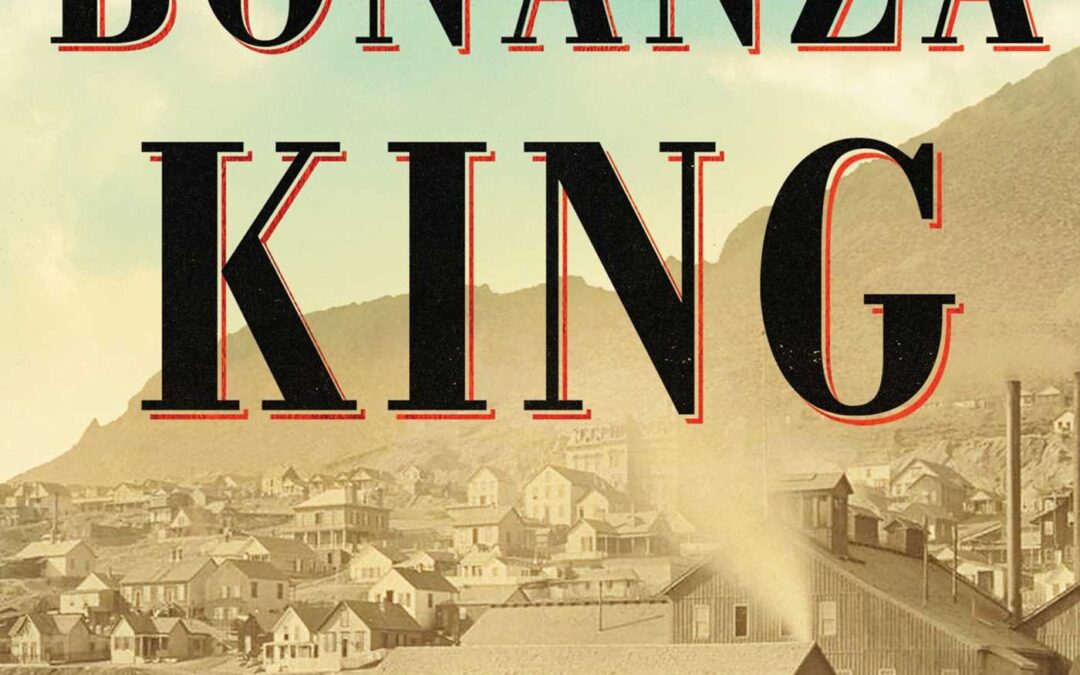
A monumentally researched biography of one of the nineteenth century’s wealthiest self-made Americans…Well-written and worthwhile” (The Wall Street Journal) it’s the rags-to-riches frontier tale of an Irish immigrant who outwits, outworks, and outmaneuvers thousands of rivals to take control of Nevada’s Comstock Lode.
Born in 1831, John W. Mackay was a penniless Irish immigrant who came of age in New York City, went to California during the Gold Rush, and mined without much luck for eight years. When he heard of riches found on the other side of the Sierra Nevada Mountains in 1859, Mackay abandoned his claim and walked a hundred miles to the Comstock Lode in Nevada.
Over the course of the next dozen years, Mackay worked his way up from nothing, thwarting the pernicious “Bank Ring” monopoly to seize control of the most concentrated cache of precious metals ever found on earth, the legendary “Big Bonanza,” a stupendously rich body of gold and silver ore discovered 1,500 feet beneath the streets of Virginia City, the ultimate Old West boomtown. But for the ore to be worth anything it had to be found, claimed, and successfully extracted, each step requiring enormous risk and the creation of an entirely new industry.
Now Gregory Crouch tells Mackay’s amazing story—how he extracted the ore from deep underground and used his vast mining fortune to crush the transatlantic telegraph monopoly of the notorious Jay Gould. “No one does a better job than Crouch when he explores the subject of mining, and no one does a better job than he when he describes the hardscrabble lives of miners” (San Francisco Chronicle). Featuring great period photographs and maps, The Bonanza King is a dazzling tour de force, a riveting history of Virginia City, Nevada, the Comstock Lode, and America itself.
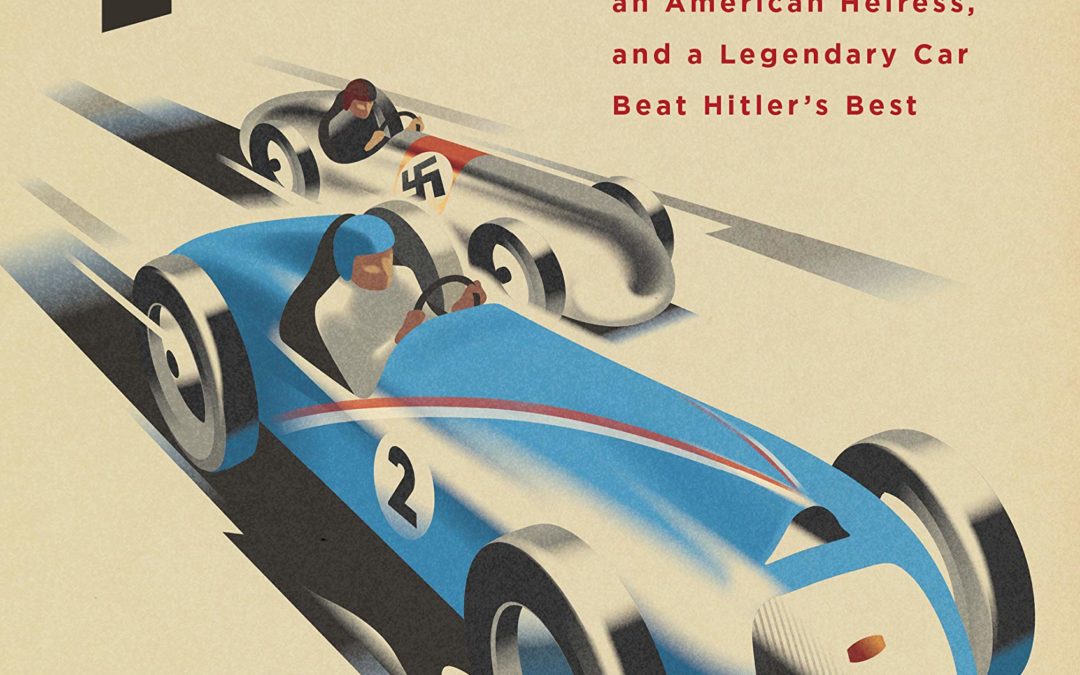
A pulse-pounding tale of triumph by an improbable team of upstarts over Hitler’s fearsome Silver Arrows during the golden age of auto racing.
They were the unlikeliest of heroes. Rene Dreyfus, a former top driver on the international race car circuit, had been banned from the best European teams—and fastest cars—by the mid-1930s because of his Jewish heritage. Charles Weiffenbach, head of the down-on-its-luck automaker Delahaye, was desperately trying to save his company as the world teetered toward the brink. And Lucy Schell, the adventurous daughter of an American multi-millionaire, yearned to reclaim the glory of her rally-driving days.
As Nazi Germany launched its campaign of racial terror and pushed the world toward war, these three misfits banded together to challenge Hitler’s dominance at the apex of motorsport: the Grand Prix. Their quest for redemption culminated in a remarkable race that is still talked about in racing circles to this day—but which, soon after it ended, Hitler attempted to completely erase from history.
Bringing to life this glamorous era and the sport that defined it, Faster chronicles one of the most inspiring, death-defying upsets of all time: a symbolic blow against the Nazis during history’s darkest hour.
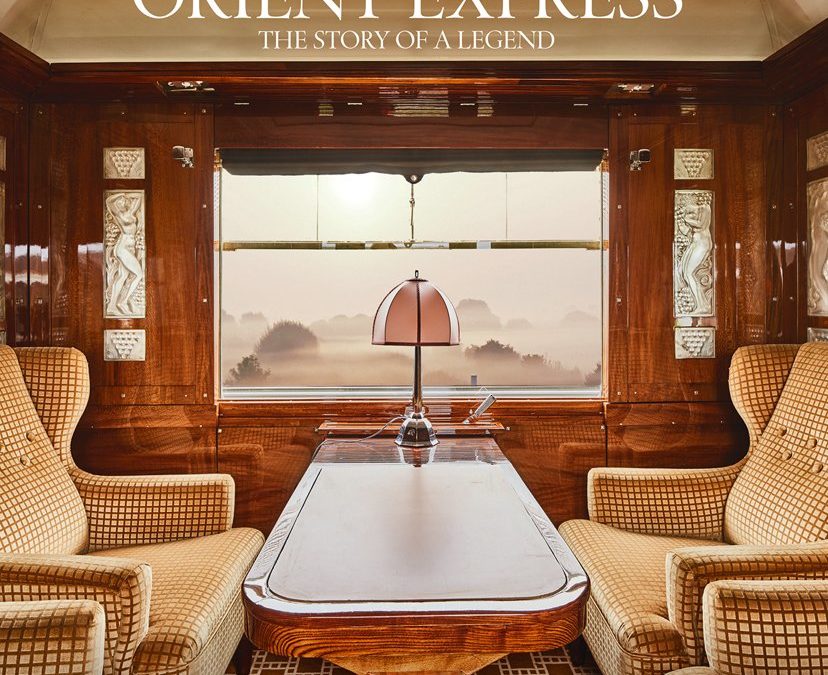
This beautifully illustrated book captures the history, the legends and the unique style of the most famous train on earth: The Orient Express
• With never-before-seen archival material
• With a preface by Sir Kenneth Branagh
“The Orient Express, in the collective imagination, embodies the golden age of travel. The fabrics, the silverware, the woodwork; their evocative fragrance… all contribute to this particular atmosphere, created by the best craftsmen of the time. The experience on board is absolutely unique…” – Sir Kenneth Branagh, from the foreword
The first train to connect Paris to Constantinople – the gateway to the Orient and epitome of all its associated desires and fantasies – the Orient Express was an immediate success. Quickly nicknamed ‘the king of trains, the train of kings’, it had already become a legend in its own time. This unique train and its celebrated passengers (both real and fictional) have become one of the great cultural icons of our times and have helped to create a limitless source of stories and fantasies to feed our imaginations. It’s a story told here through fabulous new photographs of the restoration workshops where the historic train carriages are being brought back to life, through archive photos of famous and exotic destinations, and portraits of the most famous passengers who were lucky enough to climb aboard.
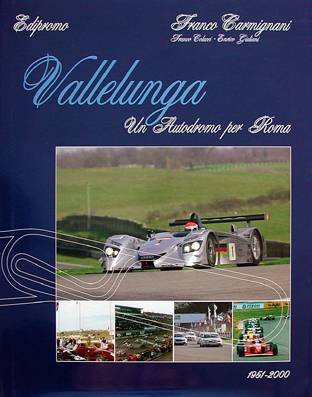
The Vallelunga Racetrack is located about forty kilometers north of Rome in the town of Campagnano. From 1957 on, with the race – Esso Six Hours – on the new asphalt track, Vallelunga has hosted hundreds of car and motorcycle races, starting with the Rome Grand Prix that found its definitive home at Vallelunga. In this arc of time, all the greatest champions of car and motorcycle racing have passed through Vallelunga, and some of them were even trained here, attesting to the technical validity of the facility. The soundness of the track has been underscored in more recent times by the spectacular success of the Super Touring races and the Silver and Gold Cups and by the constant presence of Audi, building its triumphs in Super Touring

Wonderfully engineered and evocative of the golden age of motoring, cars produced before WWII have become coveted collectors items. VINTAGE CARS is a celebration of these magnificent machines, from early legends such as the Ford Model T to later, elegant vehicles including the Rolls-Royce Silver ghost and the Duesenberg Model J.

After WW2, the market changed from a seller’s paradise to a buyer’s market, Studebaker began to struggle, as resources were limited and smaller companies like Studebaker found they could not compete against GM and Ford. The Hawk series lasted from 1956 through 1966. They all had distinctive styling,particular the V8s, and roomy comfort for two people. There was nothing like them from any other US manufacturer – they were unique. From 1969, Studebaker added the compact Lark VI and Lark VIII to their range which garnered much media attention. But sadly for the company few were sold. But it was too little too late as the money ran out and the amalgamation with Packard in 1956 gave management little respite. All over the world today people covet Studebaker cars because they were strong and solid, even if a little stolid.This collection of articles from top automotive magazines covers the following models, Golden & Silver Hawk, Gran Turismo, Packard Lark VI & VII, Daytona, Wagonaire, and Cruiser.
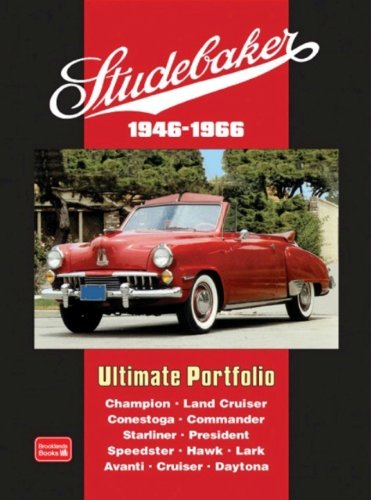
Studebaker released their ‘coming or going’ sedans in 1947 which were styled in collaboration with the famous Raymond Loewy Studios, and were the first in America to come out with a completely new postwar style of automobile. The fact that they were pre-war mechanically made no difference to a car-starved America – it was the style that counted. Sales were high initially, but after 1950 numbers started to decline. In 1953 Studebaker introduced the well-received Starliner series of convertibles. The Silver and Golden Hawk were then developed from these coupes. The compact Lark was introduced in 1959, which brought a fresh new style to the product range, and some excitement from the V8-engined versions. Then came the stunning Avanti. Unfortunately, fewer than 5,000 were made, each one at a loss. The company was unable to generate sufficient profit to finance design and development and so the Lark became the last of a famous automobile line when the company closed its doors in Canada in 1966. It ended a 117 year history of manufacturing transportation by the Studebaker brothers.
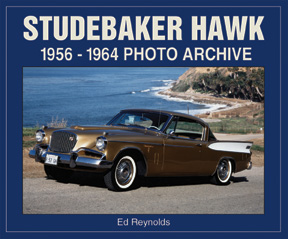
See them all beginning with the early Hawks in 1956 and their development through the 1964 season. Production factory photos show them all off, from the Flite Hawk, Power Hawk, Sky Hawk, Golden Hawk Silver Hawk, Packard Hawk, Hawk, and the Gran Turismo Hawk. Also includes design drawings, clay models, prototypes and factory floor photos. Captions provide identifying characteristics of each model, as well as other historical information.About The Author:Ed Reynolds grew up near South Bend, Indiana not far from the Studebaker Proving Ground. His father, E. T. Reynolds, worked in the Engineering Department for Studebaker. As a boy Ed was always interested in Studebaker and was privy to what was going on in Studebaker engineering. He was also able to make visits to the Proving Ground where prototypes of new models were frequently seen. In addition, the company car his father drove home was usually a prototype which engineers used as company cars after introduction. After a year or two the cars were scrapped. Ed personally rode in many of the cars pictured in this book.Ed currently owns a business named “Studebaker International” and is the largest manufacturer and supplier of Studebaker parts. The company specializes in rubber door and glass seals, emblems and trim items as well as mechanical and hard to find N.O.S. parts.
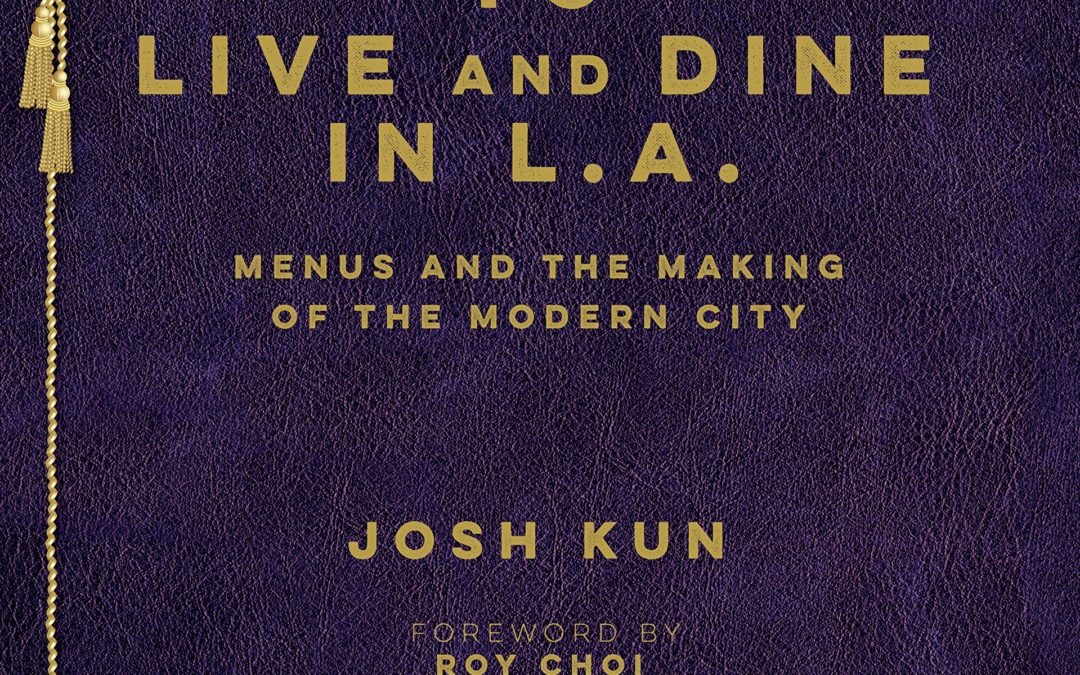
How did Los Angeles become the modern city the world watches? We know some of the answers all too well. Sunshine. Railroads. Hollywood. Freeways. But there’s another often overlooked but especially delicious and revealing factor: food.
Think veggie tacos and designer pizzas, hot dogs on sticks and burgers from golden arches, Cobb Salads and chocolate-topped ice cream sundaes, not to mention the healthiest dishes on the planet. Ask anyone who has eaten in L.A.–the city shapes the tastes that predict how America eats. And it always has.
In its fourth book collaboration with the Los Angeles Public Library and the Library Foundation of Los Angeles, Angel City Press releases To Live and Dine in L.A.: Menus and the Making of the Modern City by Josh Kun.With more than 200 menus–some dating back to the nineteenth century–culled from thousands in the Menu Collection of the Los Angeles Public Library, To Live and Dine in L.A. is a visual feast of a book.
But it’s more. Much more.
In his detailed history, author Josh Kun riffs on what the food of a foodie city says about place and time; how some people eat big while others go hungry, and what that says about the past and now. Kun turns to chefs and cultural observers for their take on modern: Chef Roy Choi sits down long enough to say why he writes “some weird-ass menus.” Pulitzer Prize-winning critic Jonathan Gold looks at food as theater, and museum curator Staci Steinberger considers the design of classic menus like Lawry’s. Restaurateur Bricia Lopez follows a Oaxacan menu into the heart of Koreatown.
The city’s leading chefs remix vintage menus with a 21st-century spin: Joachim Splichal, Nancy Silverton, Susan Feniger, Ricardo Diaz, Jazz Singsanong, Cynthia Hawkins, Micah Wexler, Ramiro Arvizu and Jaime Martin del Campo cook up the past with new flavors. And, of course, the menus delight: Tick Tock Tea Room, Brown Derby, Trumps, Slapsy Maxie’s, Don the Beachcomber, and scores more.
Kun tackles the timely and critically important topic of food justice, and shows how vintage menus teach us about more than just what’s tasty, and serve as guides to the politics, economics, and sociology of eating.
America is a dining-out nation, and our research indicates that L.A. has long been one of its top dining-out towns. The Library’s collection is a living repository of meals past, an archive of urban eating that tells us about the changing historical role of food in the city, which is to say it tells us about just about everything that food touches: economics, culture, taste, race, politics, architecture, class, design, industry, gender, to name just some of the themes that recur on menu pages.
Kun challenged contributors to tackle subjects that readers may have never contemplated. As the renowned L.A. chef Roy Choi points out in his Foreword to To Live and Dine in L.A.:
The more I looked at the menus, the more they told me about the city and how neighborhoods developed. But it was the menus that I couldn’t find that forced me to ask questions about how life really was. I started to think about how the city is now and if those missing menus were a reflection of life just as it is now. Were these menus of the affluent and middle-class? Were the working classes even eating with menus, or were they mostly eating at stands and carts? Were there disparities and access problems just like today? To Live and Dine in L.A. is the first book of its kind–the definitive way to read a menu for more than just what to order. It’s about how to live. And how to dine. In L.A.